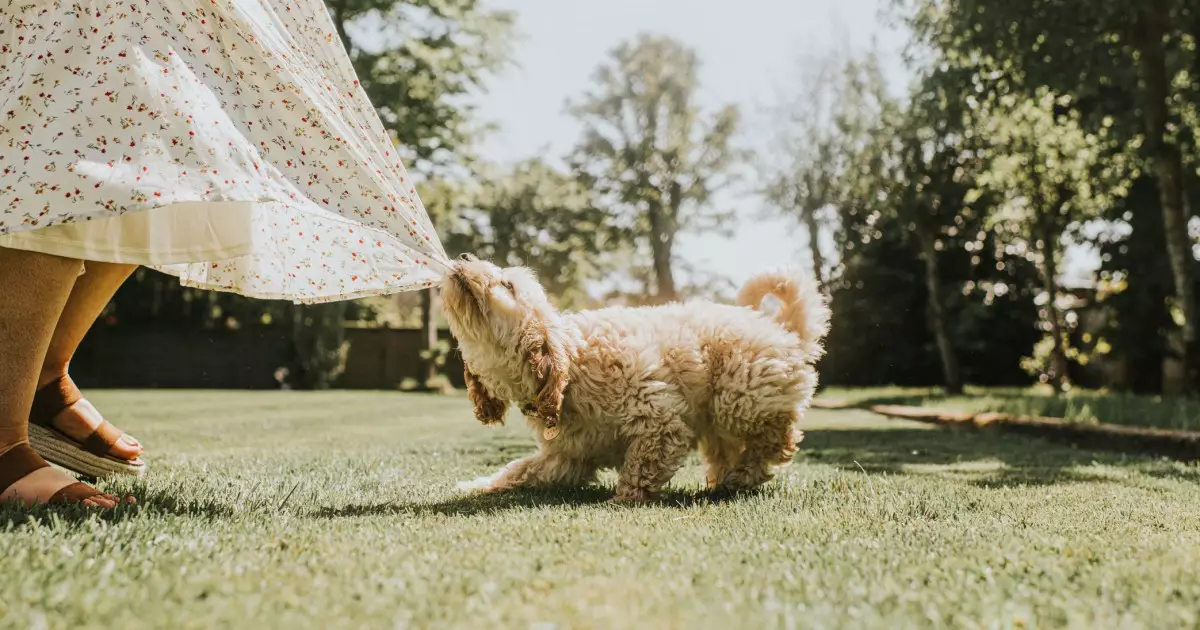Welcoming a new four-legged family member into your household can be one of the most rewarding experiences, but it often comes with an array of challenges, especially for first-time dog owners. Understanding the emotional landscape of your new pet and preparing for the transitional period can make all the difference. Here’s a comprehensive guide to help new dog parents tackle those challenges head-on.
It’s important to recognize that dogs are inherently pack animals. When a dog suddenly finds itself in a new environment, it can feel disoriented and anxious. Insecurity is a natural reaction to an unfamiliar setting. Your new companion may express its concerns through vocalizations or clingy behavior.
To ease this transition, consider adjusting your schedule to spend more time with your new dog in the initial days. If possible, take a few days off work to bond. Engaging with your pup through play and training during this critical period will help build trust. Tools such as interactive toys can also provide mental stimulation and distract your dog when you’re away. Initially, practice leaving your dog for short periods, gradually lengthening the time apart, and always returning with affection and reassurance.
It’s not uncommon for dogs to experience gastrointestinal upset during their adjustment phase, and it can stem from various issues including anxiety or dietary changes. Pet parents should monitor for signs of vomiting or diarrhea, treating them as red flags that shouldn’t be ignored.
Before jumping to conclusions, make sure that your home is free from any hazardous substances that might have been ingested. It’s advisable to maintain a structured routine for feeding, walking, and playtime to instill a sense of stability. Start by utilizing the same food that your dog has been eating, and gradually transition to your preferred brand. If significant issues persist, consulting with a veterinarian is essential.
When dogs are brought into new surroundings, they can exhibit feelings of fear and confusion. To mitigate these feelings, creating a comforting space is vital to your pup’s emotional well-being. Allowing your dog to sleep in your bedroom or setting up its crate nearby helps foster a sense of security. Acquainting them with the sounds and smells of your home can ease their anxiety.
Regular exercise is also important. A tired dog is a happier dog, so ensure daily walks and playtime are incorporated into your routine. With time, they will adapt to their surroundings, and the initial timid behavior will begin to fade.
Many new dogs, especially puppies, engage in chewing as a natural exploratory behavior or to alleviate anxiety. While it may be tempting to view the destruction of household items as mischief, it often originates from a place of nervousness or boredom.
To redirect this behavior, provide plenty of safe, appropriate toys for your dog to chew on. Establish boundaries within your home by creating a designated play area and keeping tempting objects out of reach. If chewing continues to escalate despite these measures, it may be beneficial to seek guidance from a dog trainer who can offer targeted strategies.
Your new dog will need time to navigate its new home, and it’s crucial to ensure that your living environment is secure. This involves keeping your dog on a leash during initial outdoor excursions and ensuring that fences are secure to prevent escapes.
Moreover, take the time to fit your dog with the appropriate ID tags and consider microchipping, as it amplifies your chances of a safe return in case of an unexpected getaway. Ensure that your dog’s tags are worn at all times; this is vital even within the confines of your home, as accidents can happen in the blink of an eye.
Adopting a dog requires a shift in dynamics and can initially feel overwhelming. New dog owners may encounter moments of uncertainty or anxiety regarding their ability to provide the necessary care. However, remember to be patient with both yourself and your canine companion.
Establishing a new routine can take time, and minor setbacks are a normal part of the journey. Embrace these challenges as opportunities for growth. Before long, you’ll likely look back at your former, quieter life and wonder how you ever enjoyed it without the joyful presence of your dog by your side.
Welcoming a new dog into your life is a tremendous commitment but ultimately one filled with love, laughter, and companionship. Taking the proper steps to address the challenges they face will not only help your dog acclimate but will also create a rewarding bond that will enrich both your lives for years to come.

